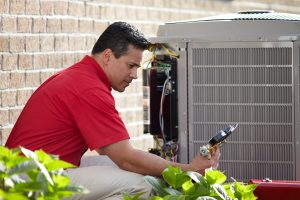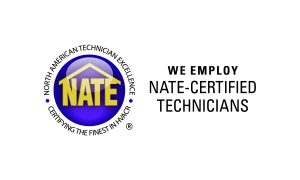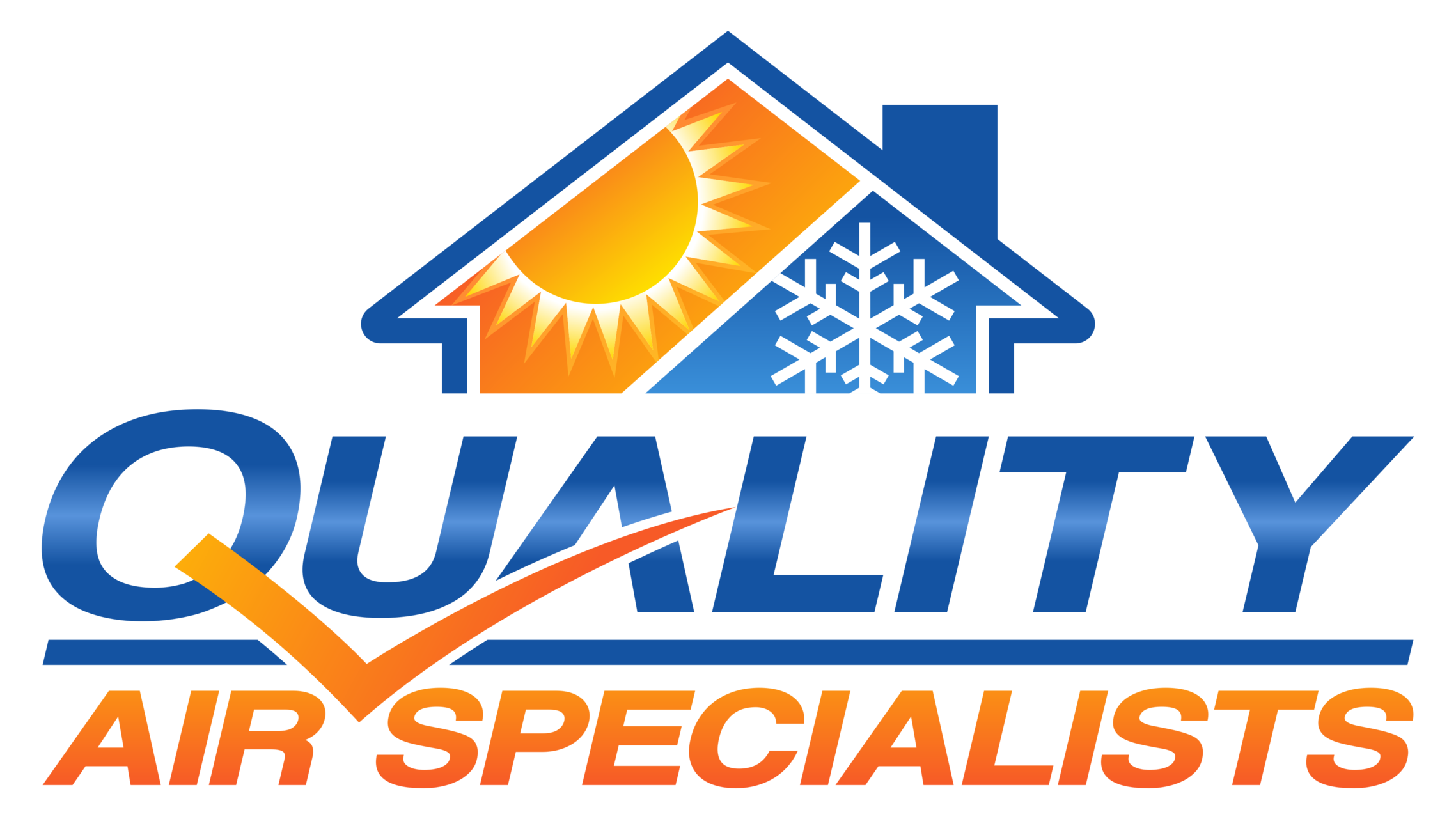Installation
 When it comes to installing a new HVAC system you want to be able to rely on a company that takes the proper steps to assure you that the installation is being done properly, following the manufactures specifications, and the county or city codes. We at Quality Air Specialists have the knowledge and expertise to install a system in a manner that it will provide years of worry free performance. There is so much more to replacing a system than taking a unit out and putting a new one in; there are some key steps during the process that are essential to a proper installation.
When it comes to installing a new HVAC system you want to be able to rely on a company that takes the proper steps to assure you that the installation is being done properly, following the manufactures specifications, and the county or city codes. We at Quality Air Specialists have the knowledge and expertise to install a system in a manner that it will provide years of worry free performance. There is so much more to replacing a system than taking a unit out and putting a new one in; there are some key steps during the process that are essential to a proper installation.
First and foremost important is sizing the system properly, an undersized system will not be able to handle those hot days of the summer or the cold ones in the winter. This causes the unit to run constantly putting excessive wear and tear on the equipment and not being able to provide the comfort you're seeking. Equally important as undersized is oversized. Oversizing a system with bring even more problems. If a system is too large it will remove heat (drop temperature) so fast in the summer that it will not have the ability to remove moisture from the home. This can cause mold problems and the feeling of being cold and wet, not very comfortable, right. We will be able to perform a heat load of your home to determine the proper sizing of the equipment.
Another important factor for split systems meaning and indoor and outdoor unit is that they are attached by a line set. Copper lines that move the refrigerant back and forth through these lines don't necessarily need to be replaced when replacing the equipment but you want to make sure that they are addressed properly especially when going from R22 the old refrigerant being phased out by the federal government to 410A the newer more environmentally friendly refrigerant being used today. These lines should be leak searched which can be done by pressurizing them with nitrogen. This is an inert gas which means that the pressures do not change regardless of the temperature, letting them sit with that pressure for a period of time determines if the lines are safe to use. If the lines are safe to use then they need to be cleaned. Oil travels with the refrigerant and this oil should be removed from these lines as it might not be compatible with the new refrigerant. These lines need to be flushed with nitrogen and a special chemical needs to run through them to completely clean these lines. This is one of the most crucial steps when replacing your equipment. If the existing lines are found to have a leak or the homeowner wants to replace them for peace of mind this can also be done.
The next step is to make sure that the electrical wires that power these units can handle the amount of current that is going to be drawn through them. New breakers need to be installed rated according to the manufacturer's specifications of the equipment. If the system is a split system unit that goes in the home which could be located in the garage, closet or in some cases an attic requires more attention than the outdoor unit. The location of this unit regardless of if it is an air handler or gas furnace needs to be prepped, if it is sitting on a stand in the garage or closet we will replace that stand making sure that the return Plenum or box under the air handler furnace is completely sealed to prevent outside air or dust from entering your system in home. The supply Plenum or ductwork that brings the air back into the home needs to be thoroughly inspected to make sure that you don't have any leaks which could reduce system performance increasing run time, electric consumption and wear and tear on the equipment. If any leaks are found on the supply side of the system they should be sealed.
Another crucial step that most companies don't follow is: when brazing or connecting the lines of refrigerant from one unit to another nitrogen should be purged while the brazing is taking place to prevent oxidation inside of the copper lines which could contaminate the system. Following the brazing, nitrogen should be once again used to pressurize the lines. This step would guarantee us that there are no leaks in the lines following the brazing.
The last and the most crucial step for finishing installation is evacuating the lines. This is the process in which all air moisture and non-condensables are removed from the lines that were open to the atmosphere during the brazing process. This process is done with a machine called the vacuum pump which uses a special vacuum pump oil that needs to be replaced regularly to assure the best performance of said pump. This vacuum should be performed to the manufacturer specifications.
Now we can see that there's a lot more to installing a unit than just taking one out and putting the other one in. We at Quality Air Specialists are NATE Certified and will provide you with a professional installation.

